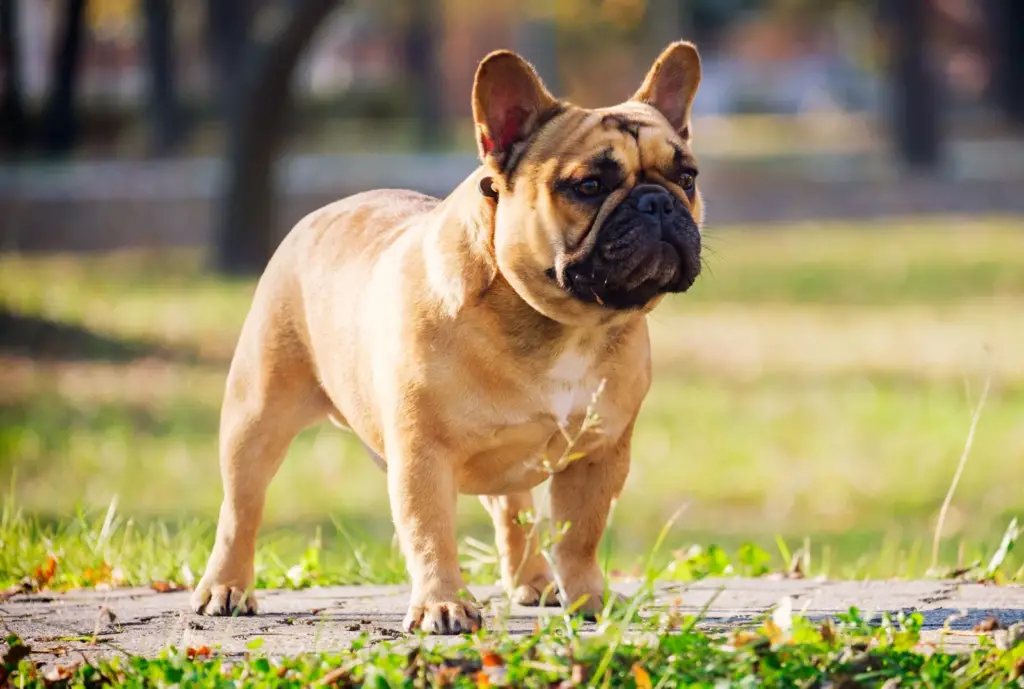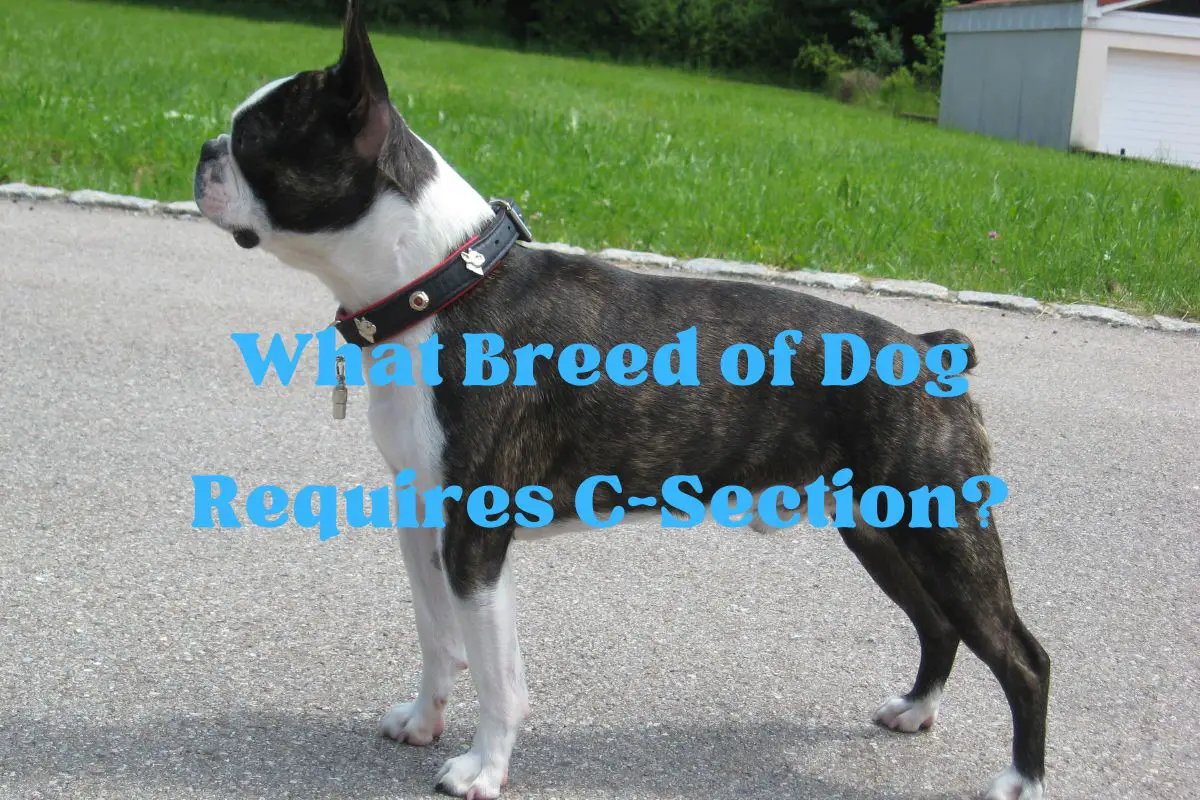When you think about bringing a new puppy into the world, in most cases nature takes its course without the need for human intervention. However, there are certain dog breeds that frequently encounter difficulties giving birth naturally and instead often require a surgical procedure known as a cesarean section, or C-section, to ensure the safety of both the mother and pups.
What is a C-Section?
A C-section is a surgical procedure used to deliver babies when natural birth is not possible or safe. In dogs, this procedure involves a veterinarian making an incision in the mother’s abdomen and uterus to directly remove the puppies. This type of birth is not taken lightly and is generally considered when the health of the mother or her puppies is at risk.
Breeds That Require C-Sections
Some dog breeds are predisposed to needing a C-section due to certain physical characteristics and breeding practices. Let’s explore a few:
1. English Bulldog

The English Bulldog is the most well-known breed that often requires a C-section for delivery. This breed has a distinctive large head and wide shoulders relative to the size of their hips, making it difficult for the puppies to pass through the birth canal. Additionally, Bulldogs often have smaller litters, and natural labor can be risky for both the mother and the puppies.
2. French Bulldog

Similar to their English counterparts, French Bulldogs often have a difficult time delivering puppies naturally. They also possess a wide head and shoulders that can complicate the birthing process. Breeders have to be aware of these risks and may plan for a C-section to avoid any complications during labor.
3. Boston Terrier

Boston Terriers are another breed with a broad head and shoulders that can create challenges during a natural birth. This compact, square-built breed can benefit from a C-section to safely deliver puppies, and veterinarians often recommend this route to ensure the health of the mother and her litter.
4. Pekingese

The Pekingese is a small breed with a short, wide, and heavy-boned stature. Their physical structure can lead to difficulties during the birthing process, which may necessitate a C-section. Moreover, peace of mind for the breeder and safety of the puppies often outweighs the risk of natural delivery.
5. Scottish Terrier

Though not as commonly associated with C-sections as brachycephalic (short-nosed and flat-faced) breeds, the Scottish Terrier can also face challenges due to its sturdy build and narrow pelvis. To avoid potential complications, some breeders might opt for a C-section.
Reasons C-Sections are Performed in Dogs
It is not just the breed that can influence the necessity for a C-section. There are also other reasons why this procedure might be chosen:
- Dystocia: This is a term that describes a difficult labor, where the mother struggles to deliver her pups naturally. Dystocia can happen due to the size or position of the puppies, or because the mother’s birth canal is too narrow.
- Health of the Mother: If a dog has a health condition that makes the strain of natural labor dangerous, a C-section might be recommended to protect her well-being.
- Stress and Fatigue: If a mother has been in labor for too long without progress, she may become too tired to push her puppies out. This can put both her and her offspring at risk.
Conclusion
The decision to perform a C-section on a dog is based on a variety of factors, including breed characteristics and the health and safety of the mother and her puppies. While some breeds, like the English Bulldog, French Bulldog, and Boston Terrier, are more likely to require this procedure, it ultimately comes down to the specific circumstances of each pregnancy. Breeding dogs responsibly includes understanding these risks and being prepared to take necessary actions, including arranging for a C-section if needed, to ensure the health and safety of all involved.

